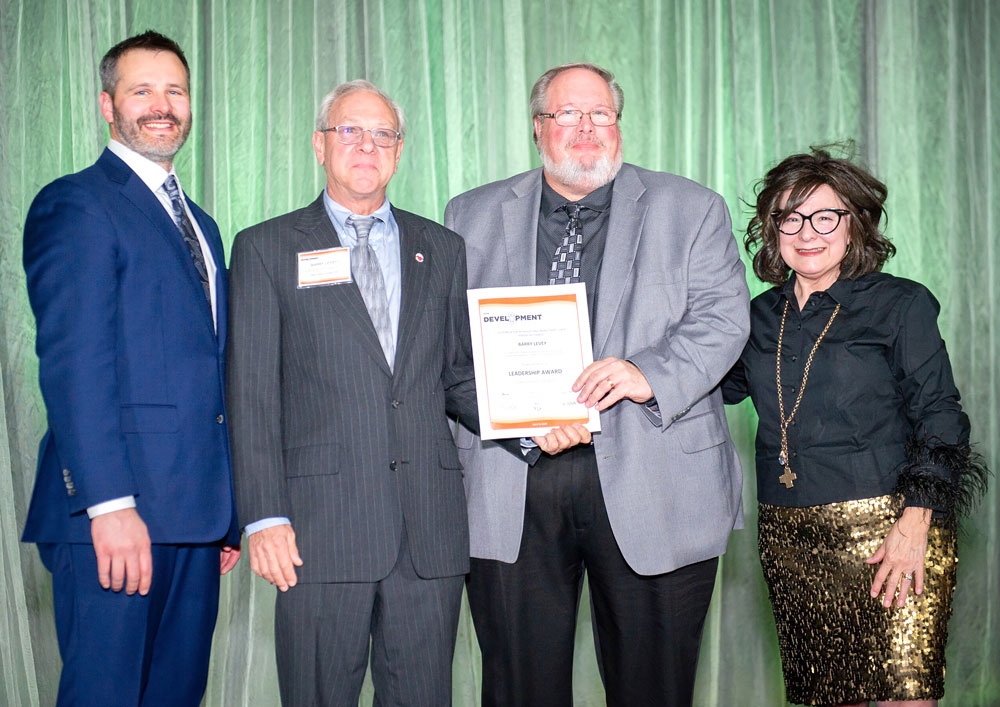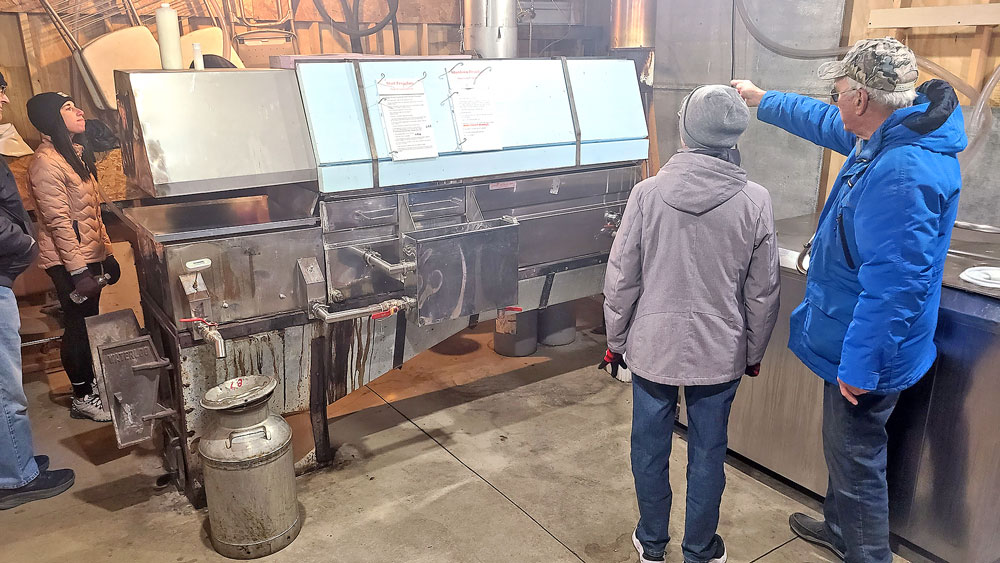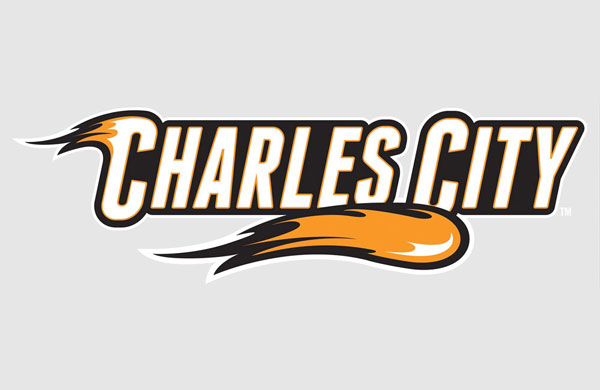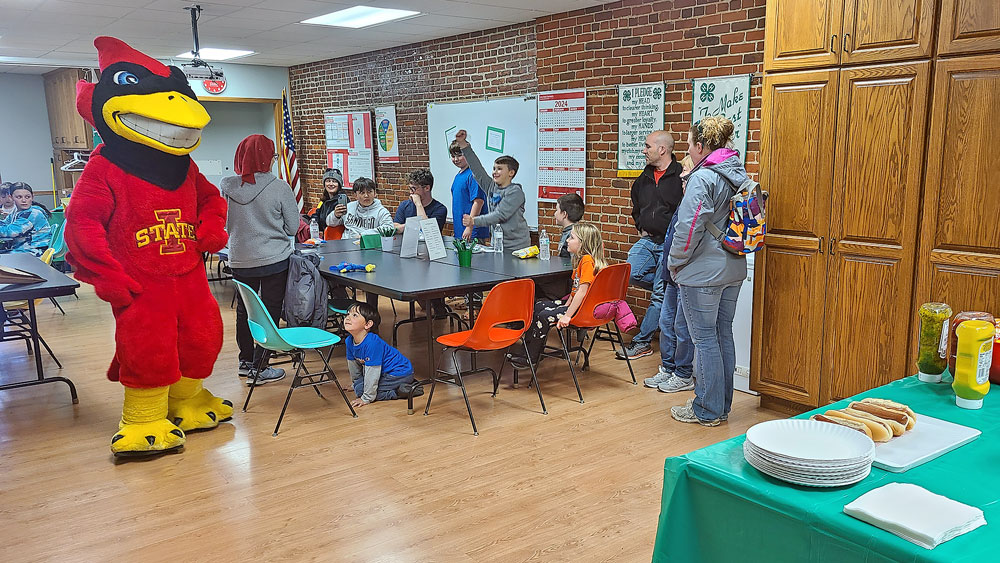The showdown for alcohol ads
By Sarah Longwell, American Beverage Institute.
As the Patriots took on the Falcons in the epic showdown, another battle brewed among advertisers as they tried to win the hearts and minds of the millions of television viewers.
Last year, companies spent a combined total of $380 million advertising during the Super Bowl — with a 30-second spot exceeding $5 million. As you can imagine, a portion of this massive advertising blitz includes alcohol commercials, which have been some of the most iconic advertisements in the history of the game. Who can forget the “Wasssup” Budweiser commercials? Or spots like “Puppy Love” or “Lost Dog” that pulled at the nation’s heart strings.
One would think that commercials starring a cute puppy walking beside a Clydesdale would be uncontroversial. But for anti-alcohol activists, that is not the case. Groups including the Center for Alcohol Marketing and Youth (CAMY) have been critical of Super Bowl commercials selling alcohol — citing concerns about how they could affect the actions of children.
The World Health Organization (WHO) has stated alcohol advertising needs to be controlled. According to a WHO report, “All children and adolescents have the right to grow up in an environment protected from the negative consequences of alcohol consumption and, to the extent possible, from the promotion of alcoholic beverages.” This proclamation has caused a number of countries and localities to re-examine their own policies towards alcohol marketing. For example, public health experts in the UK have recently called for a ban on alcohol advertising. And in 2015, Los Angeles joined Philadelphia and San Francisco in restricting the placements of alcohol ads at city bus stops and other mass transit facilities.
According to David Jernigan, a John Hopkins Professor and the director of CAMY, “We know that the more kids are exposed to alcohol marketing, the more likely they are to start drinking, or drink more.”
But these claims are about as honest as saying the Falcons beat the Patriots in the big game.
According to a University of Texas study, alcohol marketing has increased by more than 400 percent since 1971. And if what Dr. Jernigan and the WHO claim about the impact of advertising is true, there should also be an increase in the prevalence of underage consumption. But it’s actually the reverse of what’s happening. A 2016 Monitoring the Future survey concludes that alcohol consumption levels among all age groups that were examined (8th, 10th, and 12th grade students) are at their lowest level since they began collecting the data in the early 1990s.
Additionally, the Federal Trade Commission (FTC) found that there is “no reliable basis to conclude that alcohol advertising significantly affects consumption, let alone abuse.”
This isn’t to say alcohol advertisements don’t have an impact on purchasing behavior. The University of Texas study says that while alcohol marketing will rarely cause a non-drinker to pick up a drink or a casual drinker to substantially increase his weekly alcohol intake, advertisements do alter people’s preferences. For instance, instead of ordering your usual bourbon, maybe you’ll think about shelling out the extra cash for a high-end brand. This is the real reason companies spend exorbitant amounts of money on advertisements — to impact the brand choices of adults, not entice children.
As Falcon’s fans recover and the Patriots celebrate their triumphant victory, don’t forget about the other fight that took place — a brawl between rival brands for your business.
Sarah Longwell is the managing director of the American Beverage Institute.
— 20170214 —









Social Share